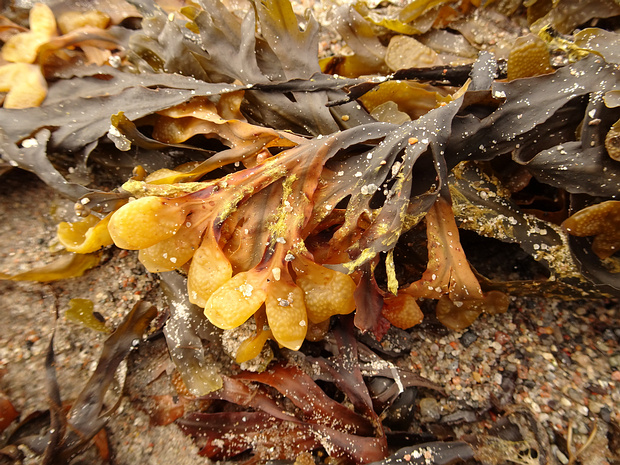
Фукусовые - Fucales
The Fucales (fucoids) are an order in the brown algae (class Phaeophyceae). The list of families in the Fucales, as well as additional taxonomic information on algae, is publicly accessible at Algaebase.
The class Phaeophyceae is included within the division Heterokontophyta. This name comes from the Greek word phaios meaning "brown" and phyton meaning plant. They include some of the largest organisms in the sea, but some are small and fine in structure.
The class Phaeophyceae is included within the division Heterokontophyta. This name comes from the Greek word phaios meaning "brown" and phyton meaning plant. They include some of the largest organisms in the sea, but some are small and fine in structure.
10 images
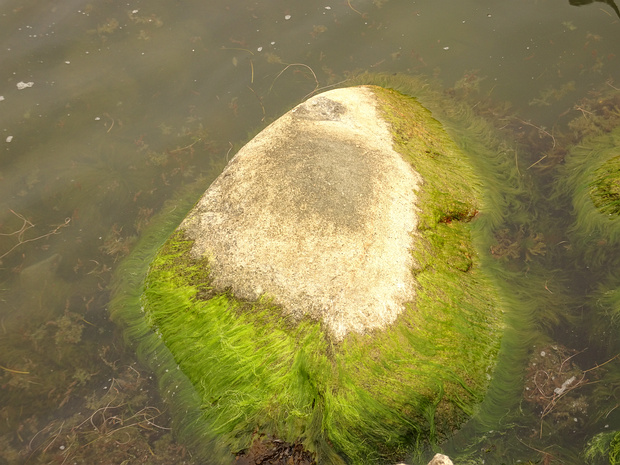
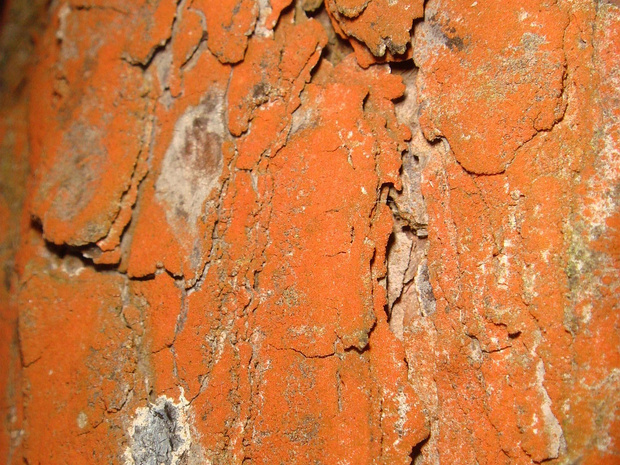
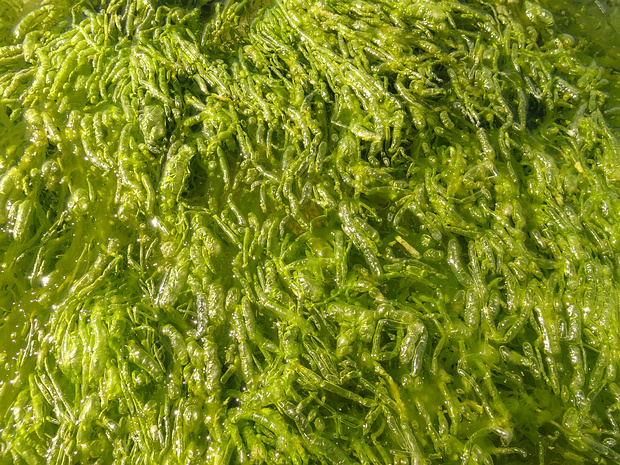

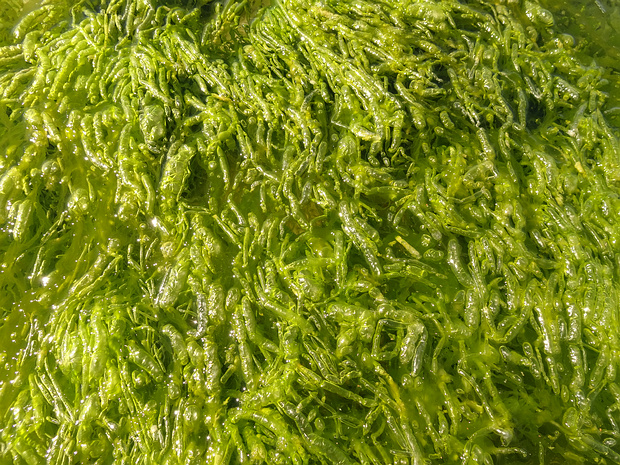
There is a plausible fossil example in the mid-Ordovician Winneshiek shale.